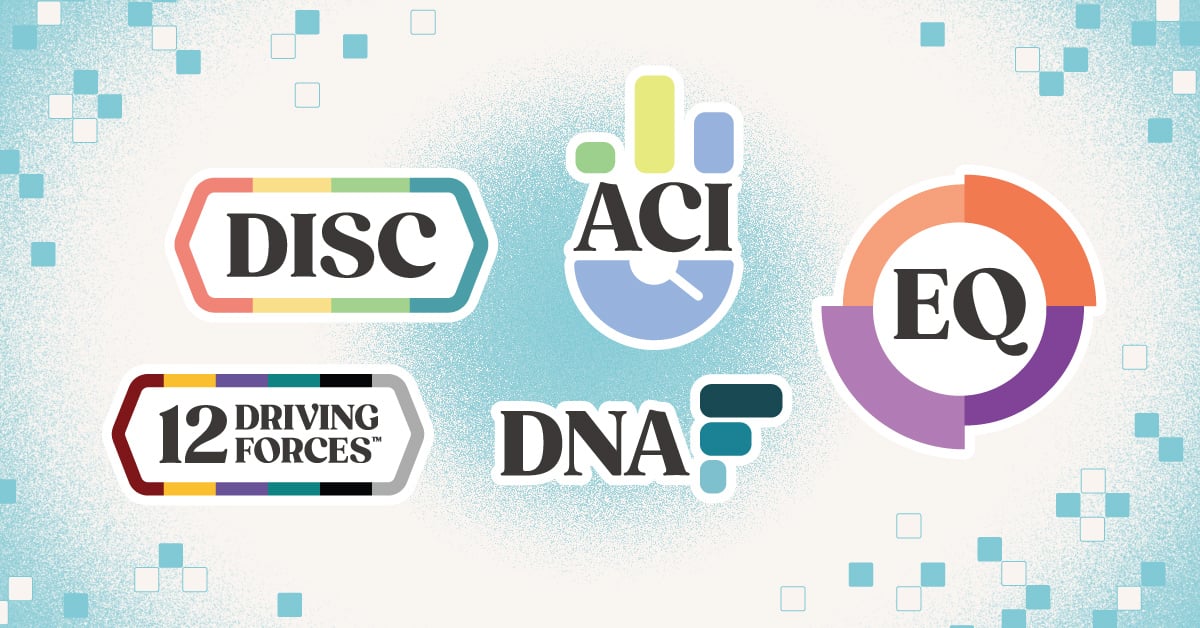
Benchmarking Offers Clarity into Finding the Talent of Tomorrow
If you follow the NFL, you might be familiar with Arizona Cardinals coach Bruce Arians preaching his next-man-up philosophy. And, the way things have gone for the Cardinals this season, the next man up could be anyone on the 53-man roster.
From a business standpoint, Arians’ refrain is not only refreshing, but also especially true this season for a team riddled with injuries and suspensions.
Yet, despite adversity thrown their way, the Cardinals currently sit atop the NFC West — and hold the best record in the NFL — sporting a 7-1 record.
All teams — all organizations — should be preaching that next-man-up philosophy.
In the work Price Associates conducts on behalf of its clients, virtually everyone who speaks with our associates is concerned about succession planning, or what I refer to as “building a deeper bench” of employees who will eventually join an organization and try to build upon past successes.
Organizations conducting succession planning shouldn’t base nor define their strategy on “replacing” current leadership. Rather, the focus should be on bringing in capable individuals who are able to achieve more and progress further.
For good or bad, that’s the sign of a growing organization — one that not only strives to be better than the next guy, but also, with the right talent in the door, looks to enhance its own level of output and revenue exponentially over the years.
But how do organizations “build a deeper bench” to find the talent of tomorrow?
TTI’s distinct approach to job benchmarking provides a tremendous means for organizations to dictate and achieve future goals.
In fact, organizations that adopt these strategies using TriMetrix HD have a virtual head start over the competition due to their understanding of employee behavior, motivators and competencies.
While the end goal for many organizations is to achieve better succession planning through job benchmarking, the process begins in earnest with selection and continues with onboarding and professional development.
I’ve sat and watched many large, global organizations fail when conducting succession planning because they’re playing with a half deck of cards when they could have the whole deck.
Many of these organizations think about moving people around different roles so they can get a breadth of experience. They might even move them overseas for global management experience.
However, employees become much more informed if management understands their unique behavior and motivators, and moves them into areas where they will best succeed.
Instead, many organizations often set up these employees for failure when placing them in areas not suited to their strengths.
Job benchmarking serves as the catalyst for much more dynamic, relevant and engaging information about individuals. This process also provides clarity into why people succeed in certain jobs and fail in others, and how that fits into overall succession planning.
There’s a reason succession begins with the word “success.”
In the end, the reality is no matter how certain the future appears, organizations’ standards for selecting and recruiting new talent should always be shifting and attempting to be improved.



